Omamori: Japanese Lucky Charms
While visiting Japan, you might encounter bright, brocade-like items attached to purses, wallets, or keys. Despite their beauty, the main function of these satiny, rectangular-shaped pouches is not decorative. In fact, they are "omamori," or amulets or lucky charms. Read on to learn more about the history of omamori and the different types of omamori you can buy in Japan.
What is Omamori?
Omamori is a Japanese amulet, good luck charm, or charm for warding against evil. Numerous amulets and charms are available for achieving various milestones, such as graduating from college or getting married. Omamori is available in various forms, sizes, and price ranges. They are not infamously rare, unlike a four-leaf clover, and you can buy them from most temples and popular shrines across Japan. They can be purchased individually for a few hundred yen, but larger and more distinctive omamori will probably cost more.
Nowadays, omamori are designed to be put on or in your phone, handbag, wallet, home wall, or pocket. Whether you think their effectiveness may be the result of a placebo effect or a higher power's blessing, there is no denying that they are wildly popular, especially around New Year's day and throughout the student testing season.
History of Omamori
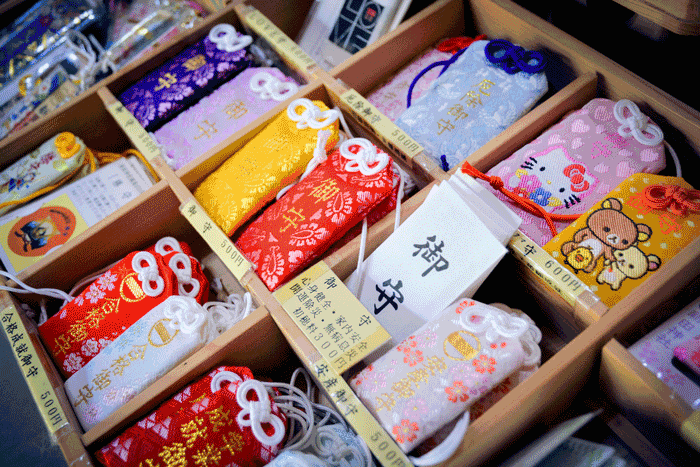
Omamori is little, colorful brocade pouches with prayers or sacred writing inside that may be purchased at Buddhist and Shinto temples all around Japan. Omamori was modeled after magatama, or comma-shaped stone jewels, during the Jomon Period (14,000–300 BCE). People originally wore magatama to stave off evil spirits.
However, the Heian Period is when modern omamori first began to take shape (794–1185). And during the Kamakura Period (1192 – 1333), people began carrying them with their personal goods. At that time, Priests created hundreds of varieties of omamori for various events. A priest then offers prayers over it while a string is tied to it. The Buddhist omamori are then sold for about 300–1000 yen (approximately 2–7 USD) each at Japanese shrines or Buddhist temples. Occasionally, certain temples or shrines may provide limited-edition omamori that are only available for purchase during specific times.
Different Types of Omamori
In general, omamori is meant to draw in luck and ward off bad luck. Yet, they can serve various purposes, some of which are more specialized than others. Thus, the significance of the omamori is key when selecting one, with the design having less impact. Today, many Japanese people can purchase omamori of many shapes and sizes, including stickers, vehicle window decals, keychains, phone accessories, and ones with Hello Kitty, Mickey Mouse, and well-known anime characters. If you don't have a specific wish, happiness, protection from harm, good luck, and success are among the most prevalent meanings. The most common types include:
-
Success
The "Success" omamori is probably one of the most sought-after omamori, and you can certainly find it at practically all shrines and temples. While the word "Success" may appear unclear at first, it holds a powerful promise: the user concentrates their attention on a particular goal, and the "success" omamori ensures that goal will come true. They frequently feature an arrow, which is a typical Shinto symbol for pointing in the direction of a goal.
-
Luck
Sometimes, a little bit of luck is all you need. A general luck omamori is a good option if you don't have any specific goals in mind or if you just want a small souvenir to remember your visit to a shrine. You are free to carry it around and feel confident in your decision-making because there are no restrictions or precise rules to follow. These Japanese fortune slip are frequently purchased and given as souvenirs and simply bear the name of the shrine or temple.
-
Luck in your studies.
This omamori is well-liked by students since it emphasizes knowledge acquisition more than education and schooling. Students hang them from their keychains and bags and use them as motivational tools throughout their academic careers. There is a distinct one for that; this one is not intended to assist in passing any tests. It is a suitable talisman because it is a cute keepsake and a tiny protector for students.
-
Traffic safety
Tokyo holds several city-related records, including "most crowded" and "safest," including traffic. It's a given that taxi drivers, those who commute a lot, and students who want to get their licenses will have one tucked under their steering wheel, dangling from their rearview mirror, or attached to their dashboard. Drivers frequently get these personalized and have their rail, bus, or route information printed directly on the omamori. It may also provide some comfort for the passengers, especially those taking the driving exams, and the driver.
-
Sexual Health
There is just one place to purchase an omamori specifically for sexual health, Kanayama Shrine, which attracts most of its visitors in April for the perennially well-attended fertility festival (Kanamara Matsuri), but it also offers omamori and blessings for year-round protection and fertility increases. The phallic omamori may appear to be a charming example of "Japan oddity," but it actually serves a serious, deeper purpose which is to raise awareness of and engage with sexual health issues.
A wide variety of love-themed omamori is also available, including joyful marriage omamori, individual omamori for those yearning for romantic relationships, and matching sets for couples wishing for a happy life together.
How to Dispose of an Omamori
Omamori only has a one-year lifespan. After a year, most priests advise getting rid of an omamori because keeping one could bring ill luck. Simply bring it back to the same shrine or temple where you first brought it so that the staff can appropriately dispose of it on your behalf. The Shinto/Buddhist belief in the significance of regeneration is symbolized by returning the omamori to the shrine or temple.
Omamori collection and use as interior decoration are now widespread among individuals. Nothing negative should happen to you as long as you respect it and do not break it. Omamori is frequently passed down through generations. When prepared properly, omamori can make the ideal Japanese gift for your family. Here's the best omamori gift you'll definitely need to have:
Best Sugoi Mart's Omomari Gift
1. Japanese Lucky Charm Nanoblock
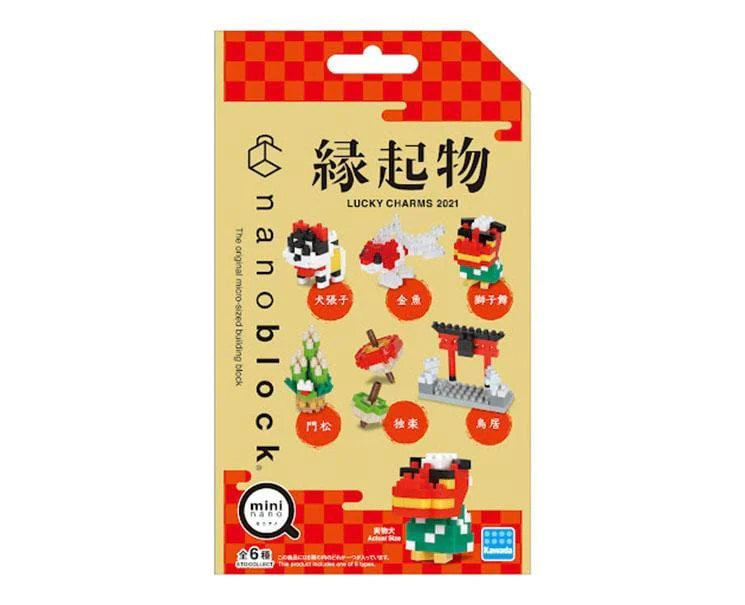
Maneki Neko Figure (Black)

2. Small Lucky Charm: Mount Fuji (Blue)
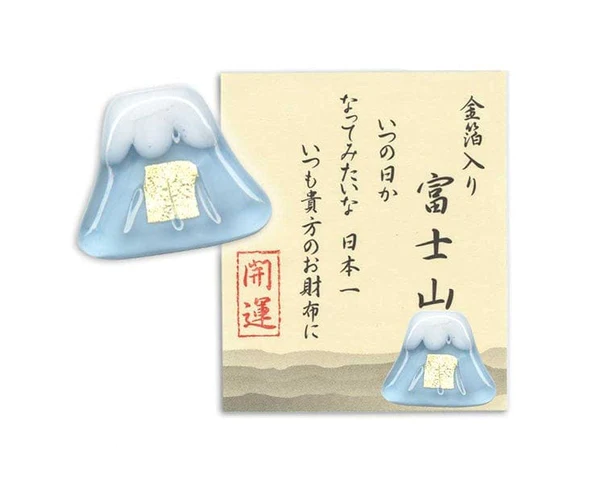
3. Small Lucky Charm: Daruma
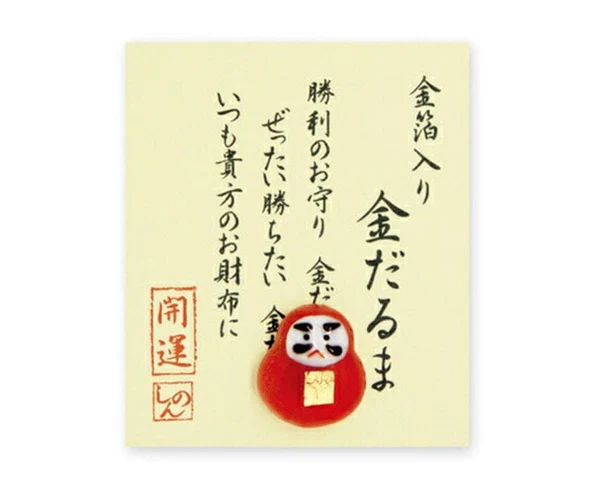
4. Sanrio Lucky Charm: My Melody

5. Mt. Fuji Ema
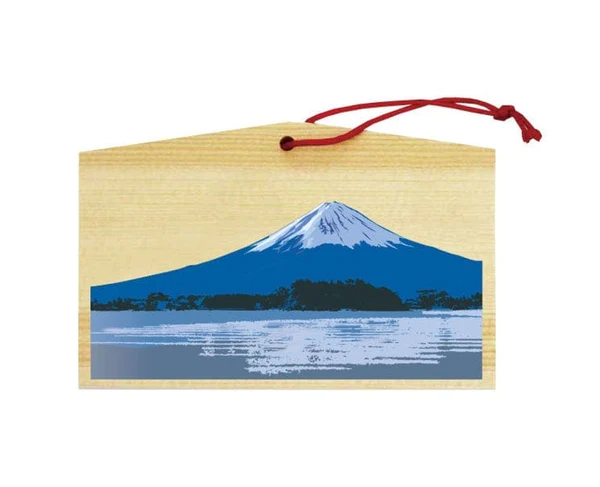
6. Gold Daruma Ema
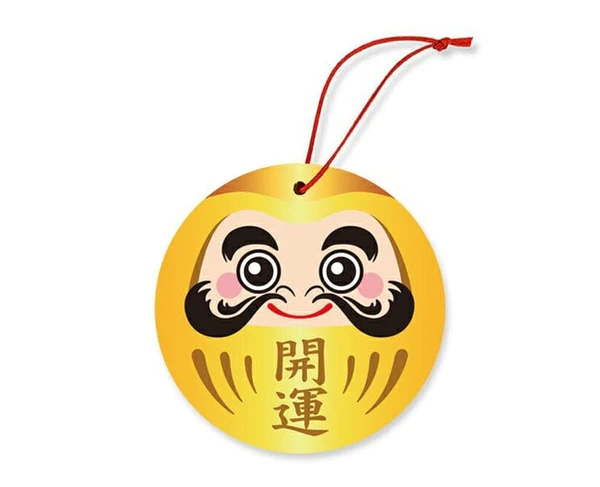
Use these different kinds of omamori as a gift or decoration, or hang them up in your home to bring you luck and fortune all year long. Get all this omamori now!







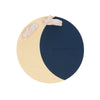

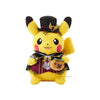









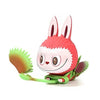

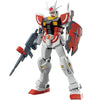




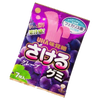
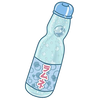






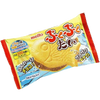



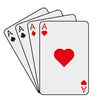


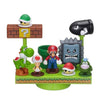












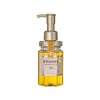



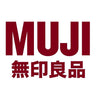
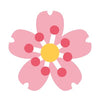
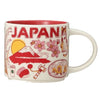











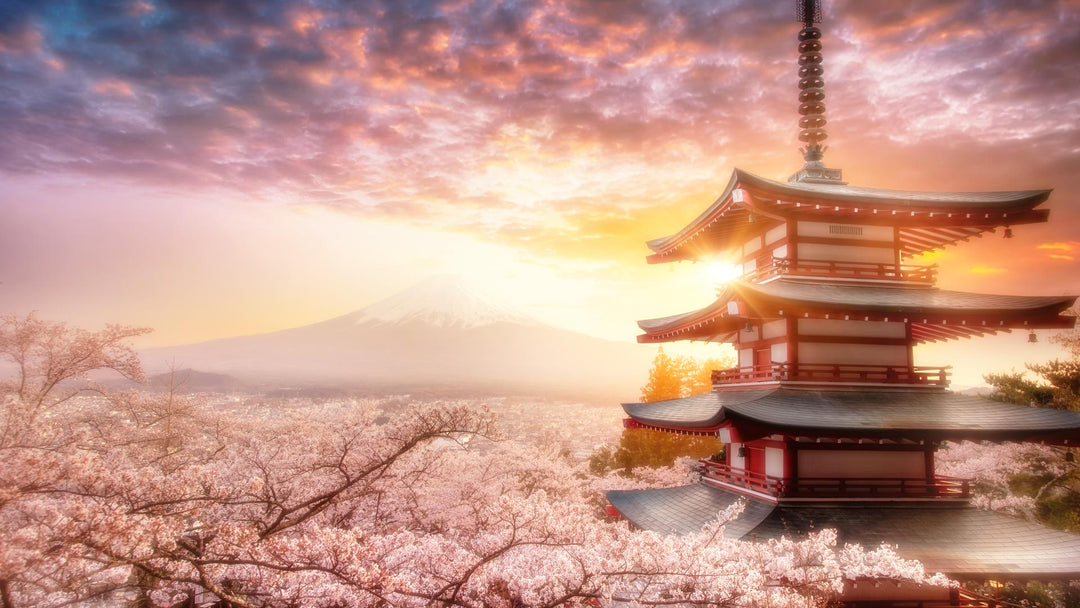

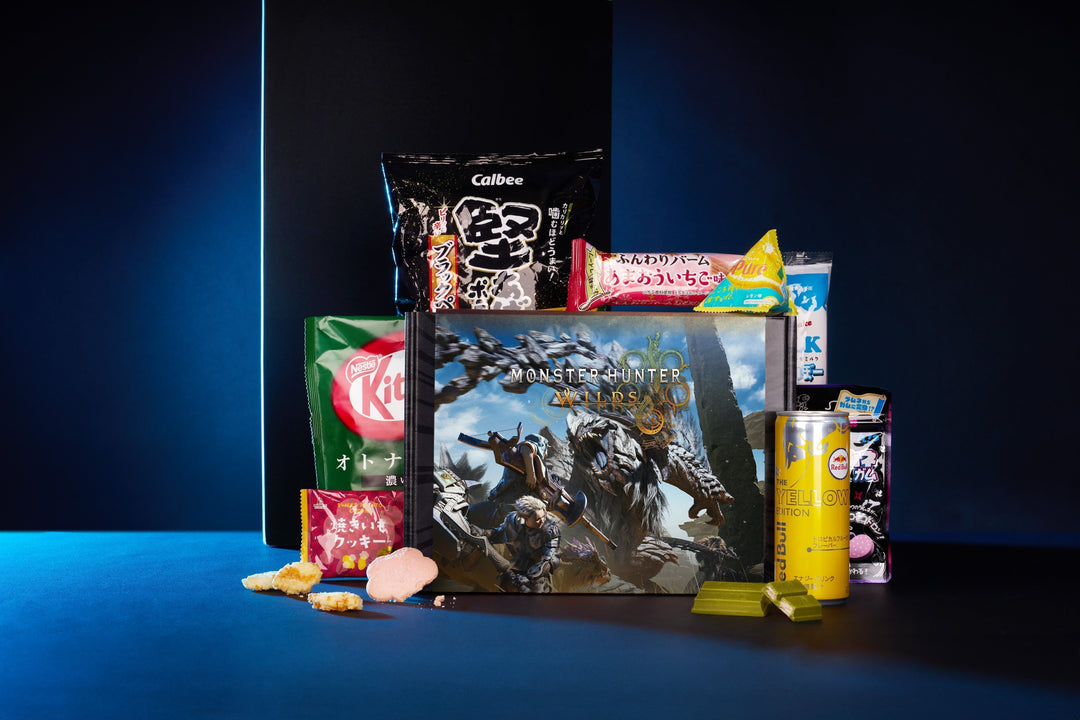

Leave a comment